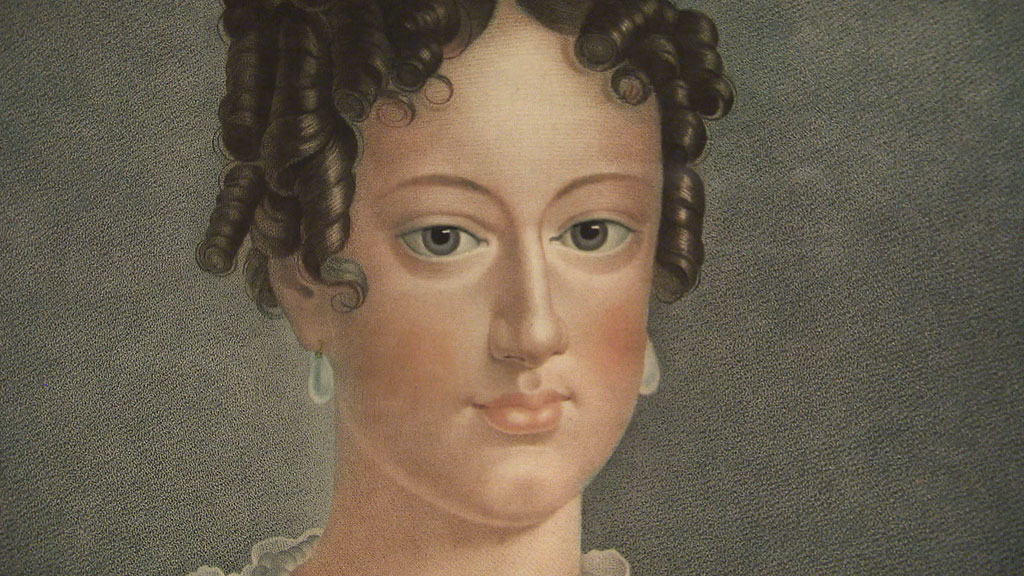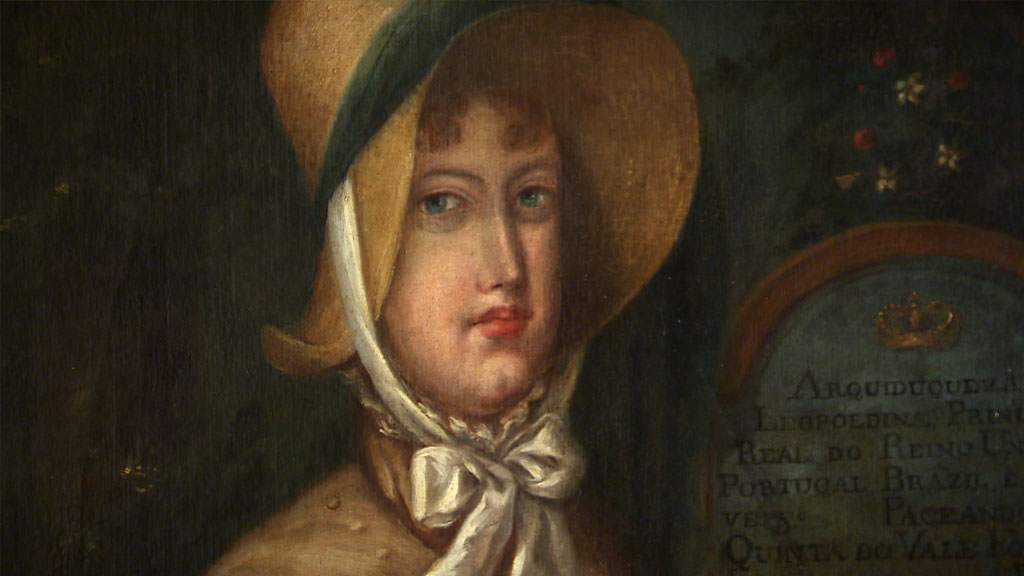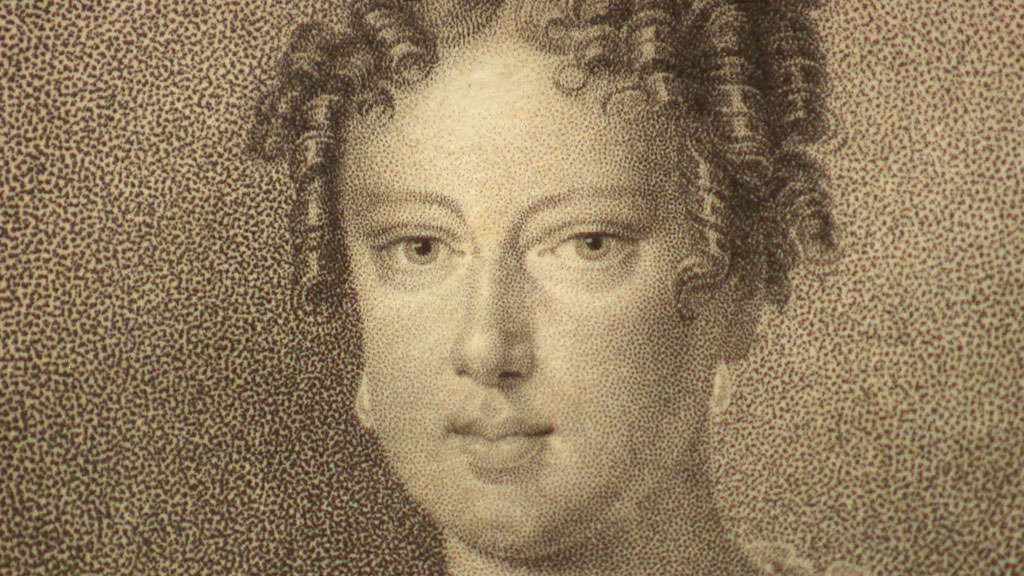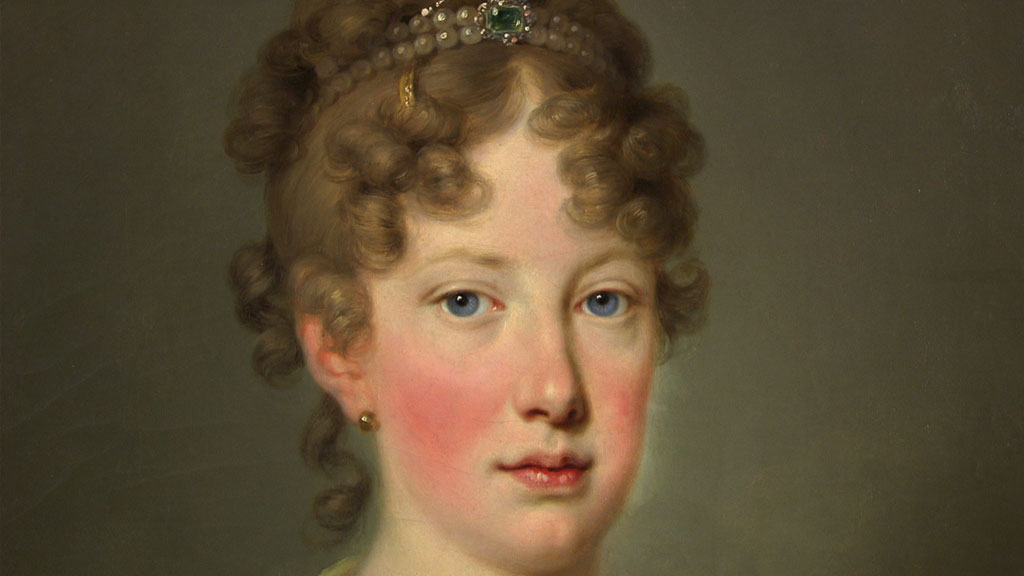Born in Vienna on January 22, 1797 – a Sunday child
Fifth child of Emperor Franz I and Marie Therese of Naples-Sicily
Educated according to the Hapsburg principles of discipline, religiosity and conscientiousness
Lessons in French and Italian, drawing, piano-playing, riding and marksmanship
Meets Johann Wolfgang von Goethe during her stays at the health resort Karlsbad in 1810 and 1812
Special interest in sciences, botany and mineralogy; particularly intrigued by exotica, the tropics, as presented in the Bergl Rooms of the Schönbrunn Palace…
In 1810 her sister, her great role model Marie Luise, is married to Napoleon Bonaparte
Her intended wedding to Prince Friedrich August of Saxony falls through (“she would not please him”)
In 1816, finally, an official inquiry from the House of Bragança is received about marriage to Crown Prince Pedro. Her childhood dream fulfilled: Brazil! She immediately starts studying the geography and history of Brazil and learning Portuguese
In 1817 she travels to her new homeland, preceded by a huge expedition travelling on two boats
On November 5, 1817 she first embraces her husband Pedro. After Vienna’s Hofburg and the Schönbrunn Palace, now the Quinta Boa Vista in São Cristóvão and Paço Imperial in Rio de Janeiro are her new home
Euphoria gives way to reality: a strenuous climate, Pedro’s lifestyle of debauchery, mistresses, political unrest, revolts, pregnancies, miscarriages, loneliness, money troubles, debt…
In August 1822 she represents Prince Pedro during one of his trips to Sao Paulo, empowered by a warrant. She signs for the independence of Brazil from the Portuguese mother country
In 1825 Portugal recognizes this independence of its former colony. That same year, Leopoldine gives birth to the longed-for heir to the throne, Pedro II
In September 1822 she designs the colours of the new state: a golden triangle (the Hapsburg colour) on a green background (the House of Bragança) – Brazil’s flag to this day
On December 11, 1826 Leopoldine dies Empress of Brazil, fatigued and with a broken heart. Ever since, she has been revered in Brazil as the country’s patron and mother figure, “nossa mãe“. Her name day, November 15, is a national holiday.





